Name Adele Batz | ||
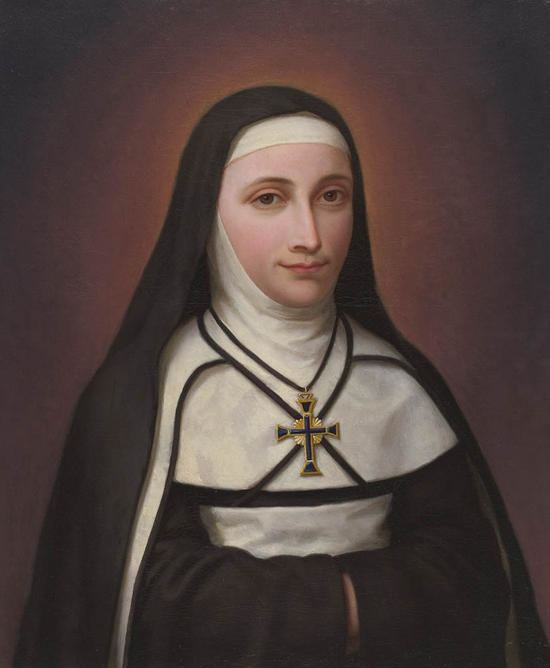 | ||
Messe de béatification de Mère Adèle de Batz à Agen
Adèle de Batz de Trenquelléon (10 June 1789 – 10 January 1828) – in religious "Marie of the Conception" – was a French Roman Catholic professed religious and the co-founder of the Marianist Sisters which she founded alongside Blessed William Joseph Chaminade. Her initial desire was to become a Carmelite nun though this desire never materialized; she instead focused herself on serving the poor wherever and whenever she could. Her order was founded with the intention of serving the poor though combining certain aspects of the Carmelite charism with this impulse to balance the aspirations of the two co-founders.
Contents
- Messe de batification de Mre Adle de Batz Agen
- Mgr Hubert Herbreteau diocse dAgen
- Childhood and refuge
- Collaborating with Chaminade
- Foundress
- Illness and death
- Beatification
- References
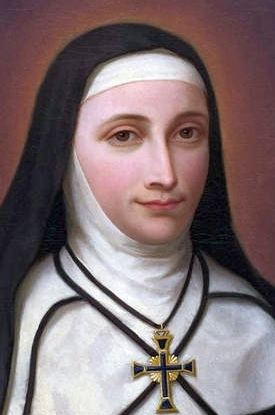
Her cause for beatification opened in the mid-1960s and culminated on 5 June 1986 after Pope John Paul II confirmed her heroic virtue and titled her as Venerable; Pope Francis approved her beatification in mid-2017 (confirming a miracle attributed to her) and she will be beatified in Agen on 10 June 2018.
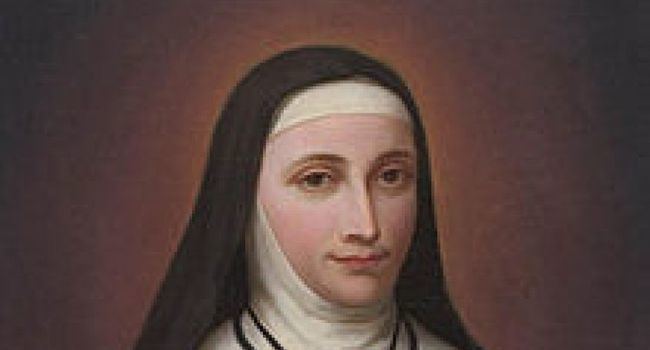
Mgr Hubert Herbreteau - diocèse d'Agen
Childhood and refuge
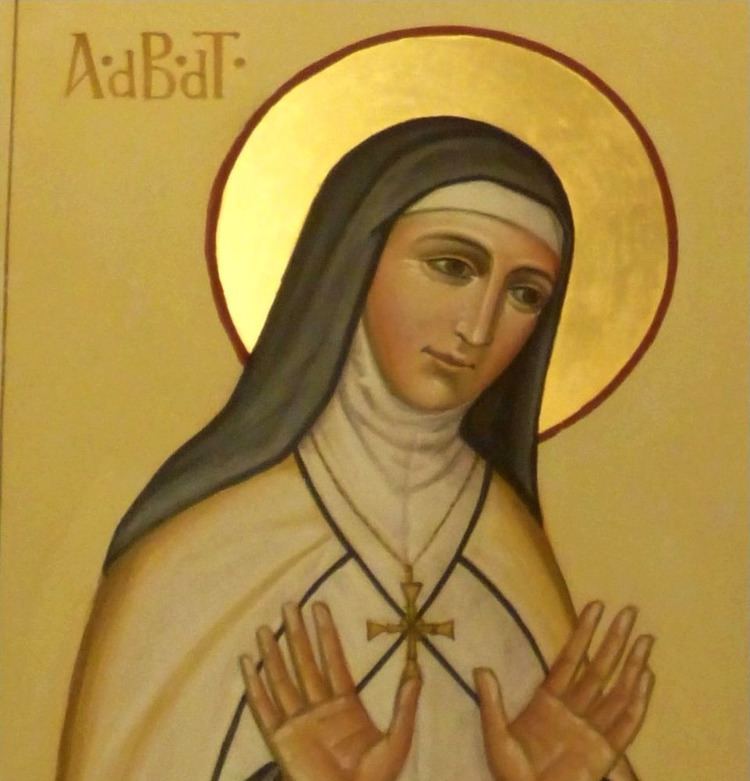
Adèle de Batz de Trenquelléon was born on 10 June 1789 in the Castle de Trenquelléon in Feugarolles to the Baron Charles de Trenquelléon (1754 – 18 June 1815) and Marie-Ursule de Peyronnencq de Saint-Chamarand (1763–1846). Her baptism was celebrated just hours after her birth in the local parish church. On her maternal side she was related to Saint Louis IX and Robert of Clermont.
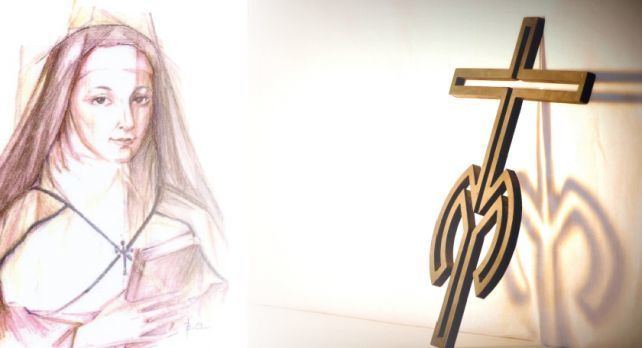
In 1791 – in the initial stages of the French Revolution her lieutenant father led his armed forces as part of the Prince of Condé's attempt to rescue King Louis XVI. The attack was repulsed and her father fled to England for refuge in November 1791. On 26 January 1792 her brother Charles Polycarp was born. Her mother – on 27 September 1797 – was granted permission to leave France with her children to seek refuge in Spain. The following spring the Baroness and her children (along with other refugees from France) were expelled from Spain at the request of the French government and took refuge instead in neighboring Portugal. It was there that the Baron was able to rejoin his wife and children not long after this in July 1798. In 1789 permission was granted for the expelled refugees to return to Spain (on 8 September 1800 she settled in San Sebastián) and it was there that she made her First Communion on 6 January 1801 in the church of Santa María. Later on 14 November 1801 permission was granted for the de Trenquelléon's to be able to return to their ancestral home. On 12 June 1799 her sister Désirée was born. On 6 February 1803 she received her Confirmation from the Bishop of Agen.
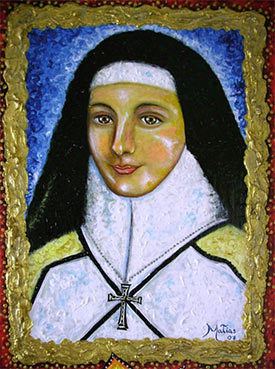
In her childhood she had expressed an avid interest in entering monastic life as a Carmelite nun. Not long after their return to France in January 1802 she again indicated a desire to become a Carmelite nun though her age saw her mother able to persuade her to wait but had her son's tutor Ducourneau write a little Rule of Life for her in order to prepare her for life in an enclosed religious order. On 5 August 1803 she and some friends formed a spiritual union called the "Petite Société" and the goal of this association was to create a network of women who would support each other in their faith. But as this association grew she began writing to all members from the Chateau de Tranquelleon. This association was rapid in its growth and soon came to include some 60 members at 1808 which included some district priests. In this time she began visiting the sick and teaching the children of the region about the fundamentals of the Christian faith.
Collaborating with Chaminade
In 1808 her mother visited a friend who worked at a hospital in Figeac. While telling this friend in the hospital waiting room about her daughter's group another man (Hyacinthe Lafon) in the waiting area overheard their conversation and told the Baroness that the association's goals and purposes sounded similar to another group he belonged to in Bordeaux that Blessed William Joseph Chaminade founded. Lafon suggested that her daughter and Chaminade begin corresponding. The Baroness bought the group to her daughter's attention and she and Chaminade begin corresponding at once. He soon sent some information about his group to her and circa 1809 the association had re-shaped itself in accordance with the organization and spirit of Chaminade's movement.
In 1809 the government authorities ceased Chaminade's good work though her quick thinking and social position saw her association being able to continue its goals. On 20 November 1808 she chose to reject an offer of marriage that had been made to her which later turned into a choice to renounce marriage forever. Despite suffering from a severe illness in 1810 she resumed her work of care for the sick and the education of the poor as well as her correspondence with the members of the association. But soon she began to dream about founding a religious order composed of some of the women of the association that would be engaged in the care of the poor. Chaminade saw a parallel to developments in his own foundations and invited her to join him. However she would have to wait to fulfill her dream for she had to nurse her father through a critical illness and not to mention because of the persisting government restrictions on religious organizations nationwide.
The fall of Napoleon Bonaparte in 1814 saw the birth of a new freedom from the restrictions imposed on religious organizations during his rule. De Trenquelléon saw the chance had come to realize her dream and sought the required permissions – both civil and ecclesiastical – to establish the women of her new order as such and based in her castle. De Trenquelléon sought Chaminade's guidance and support in this and what he proposed to her was that the order she envisioned take on the character of a mission movement. Soon after she and her companions made a private vow to remain chaste and began to wear a silver ring as an indication of this fact.
The canonical establishment of the new congregation was put off due to Chaminade's desire for the group to develop its sense of its mission and path. But Napoleon's return to power in March 1815 suspended all moves and soon after Chaminade was arrested and transferred to central France where he was forbidden to have contact with the various religious groups that he was leading. But that fall Napoleon been removed from power and Chaminade was freed. The death of the Baron and the change in civil law left her free to embark on her desired path while Chaminade saw the time as being opportune and authorized her to rent part of an ancient convent in the local capital of Agen. This was done in 1816 at which point she renounced her inheritance in favor of her brother on that 17 April. Her final farewell to her mother and siblings was on 24 May 1816.
Foundress
In 1816 the members of her group and Chaminade's group's female members formed a religious congregation known as the Marianist Sisters that sought to combine an impulse for mission work with the contemplative nature of the Carmelites which she had once aspired to join. The local bishop had suspended permission for the women to take religious vows over the issue of the enclosure which was required with this step; the women were allowed to wear a religious habit during the Octave of Christmas alone and at no other stage until such permission could be granted on a formal level. On 25 July 1817 the local bishop permitted the women to take their vows – albeit in private – in the confessional so as to keep it a secret. Chaminade accepted their vows on an individual level in this manner. In 1824 the French government authorized the existence of this religious congregations. The religious also corresponded on a frequent basis with her close friend Saint Émilie de Rodat since 21 June 1819. On 7 October 1820 she admitted her cousin Elizabeth de Casteras to the novitiate.
Illness and death
In 1825 she had become so ill that Chaminade had to plead with her to restrict her service. Nevertheless she continued her correspondence with the sisters though more so with the local superiors and the novices. In 1826 she suffered stomach problems and her health worsened. On 29 January 1827 her situation was said to have worsened even more. On 27 October 1827 she composed her last will. The nun spend her final months working for the legal recognition of the congregation. De Trenquelléon died in Agen in 1828 and was buried at the convent; her final words were: "Hosanna to the Son of David!"
Beatification
The beatification process opened in an informative process that spanned from 5 February 1965 until its closure on 21 March 1966 and this process was conducted in the Diocese of Agen; her spiritual writings and letters received theological approval on 10 July 1970 before the Positio dossier was submitted to the Congregation for the Causes of Saints in Rome in 1974. The historical commission first assessed and approved the dossier on 5 November 1975 prior to the approval of the C.C.S. members and their consultants on 5 May 1977. The formal introduction to the cause came under Pope Paul VI on 12 November 1976 in which her conferred title of Servant of God was legitimized. The C.C.S. approved this cause on 11 June 1977. But new rules to the sainthood process in 1983 saw the cause experience a slight setback that warranted additional investigations. Theologians approved the cause on 28 January 1986 while the C.C.S. re-examined the cause on 22 April 1986. De Trenquelléon was named as Venerable on 5 June 1986 after Pope John Paul II confirmed that the late religious had lived a model life of heroic virtue.
Her beatification depended upon a miraculous healing that medicine and science could not explain. One such case was discovered in the Italian diocese of Novara and a diocesan tribunal investigated this case from November 2013 until 12 June 2014. The documents from that process were sent to Rome in sealed boxes and the C.C.S. validated this investigation not long after on 5 December 2014. Medical experts examined and approved this miracle on 12 May 2016 as well as theologians on 19 January 2017 and the C.C.S. on 2 May 2017. Pope Francis – on 4 May 2017 – signed a decree that confirmed the healing was a miracle and thus approved her beatification.
The beatification shall take place on 10 June 2018 in Agen.
The current postulator for this cause is Fr. Antonio Gascón Aranda.
